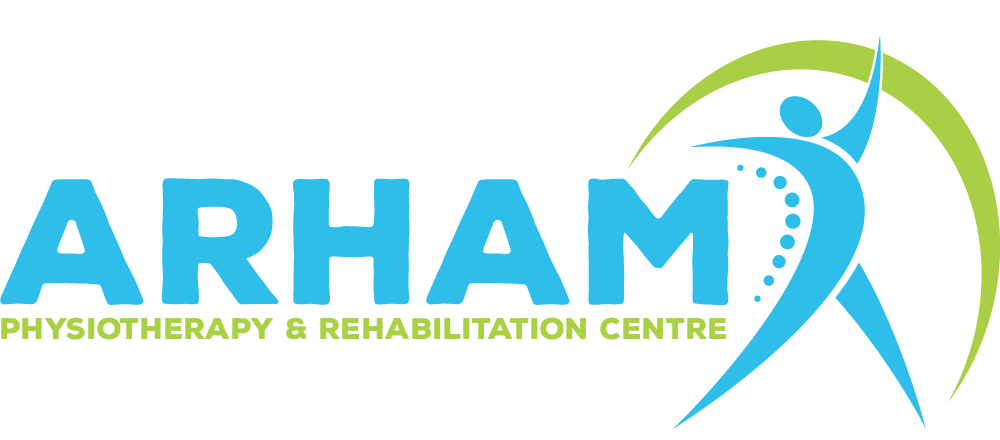Tips to Manage Pregnancy related pain via Physiotherapy Techniques
It is more challenging for pregnant women to manage pain and suffering during pregnancy and manage their daily routine.
Pregnant women deal with various types of pain, such as
– Headaches
– Pain in the lower belly
– Numbness and Tingling
– Backache
– Leg Aches and pain
In this blog, we will learn how to manage pregnancy-related pain with exercises and physical activities. Physiotherapy activities can assist you in managing pregnancy-related pain and getting relief from the pain and aches.
Manual Therapy:
A growing number of research supports manual therapy, particularly massage and spinal manipulation, as a secure treatment for low back pain.
Massage:
Massage therapy is utilized to treat lower back pain (LPB) in pregnant women and help with stress relaxation, overall well-being, and pain reduction. In a small study, the effects of deep tissue massage on women with low back pain were investigated. The intervention consisted of twice-weekly deep tissue massage for two months; the massage included the following techniques: stretching and anchoring muscles, lengthening movements, movements in intermuscular grooves, and releasing muscle tension. The results showed that the pregnant participants’ pain was reduced, and their functionality was improved.
Spinal Manipulation:
During pregnancy, osteopathic manipulative treatment/spinal manipulation therapy was found to have a medium-sized effect on reducing pain and increasing functional status in women with LBP. Still, there was only low-quality evidence that it reduced pain and functional status after delivery. Benefits to physical and mental health were also observed, as was a reduction in the need for pharmaceutical interventions for lumbar pain.
Aquatic Therapy:
Lower back discomfort can be managed with the help of aquatic therapy, which uses water’s curative powers. However, despite the lack of data supporting its efficacy, it is still used as a therapy for lower back pain in pregnancy.
Stretching Exercises:
Stretching exercises and physical activities can help manage pregnancy-related pain for women and get relief from the pain.
Pectoral Stretch:
Take a position in the entryway. Raise both arms upward, elbows at right angles, palms facing in. Put your hands up on the door frame and relax. Try lowering your elbows a little if you’re experiencing any pain. One foot in front of the other, please. Notice how your chest and shoulders open up. Keep your back straight and your chest out. The recommended holding time is 15 seconds. Put your feet up and unwind. And again, three times or as directed.
Piriformis Stretch:
Put your legs straight up and lie on your back. Raise the ailing limb and flex the knee. Reach across your body and draw your knee in towards your opposing shoulder with the opposite hand. Tend to maintain the stretch for a matter of minutes. Switch legs and do it again.
Hamstring Stretch:
Position yourself on the floor close to a door frame or wall’s outside corner, with your left leg resting against the wall. Place your left heel against the wall and lift your left leg. Bend your left knee just a little bit. Till you feel a stretch along the back of your left thigh, slowly extend your left leg. Hold for roughly thirty seconds. Repeat with your other leg. Increase the stretch by progressively moving closer to the wall or door frame as your flexibility grows.
Calf Stretch:
Keep one leg up, knees bent, and heels flat on the floor while holding on to a chair for support. Slowly bring your hips forward while bending your elbows and front knee to get a calf stretch. Rest here for 30-60 seconds.
Aerobics Exercises that can help in managing pregnancy-related pain:
– Brisk Walking
– Aerobic classes
– Dancing
– Running
– Swimming or Aqua aerobics
By doing these exercises and physical activities, pregnant women can manage pregnancy-related pain and get relief from the suffering and pain.
FAQs:
Que: What is Manual Therapy?
Ans: The process of physical treatment used by a physiotherapist or occupational therapist to treat musculoskeletal pain and disability with kneading, manipulation of muscles, joint mobilization, and joint manipulation is known as manual therapy.
Que: How does Stretching help in managing pregnancy-related pain?
Ans: By lengthening the body’s muscles, Stretching can help pregnant women relieve discomfort and tightness in the body. It helps with lessened back pain, improved range of motion, good preparation for labour, etc.
Que: Can Physio help with pregnancy back pain?
Ans: Physiotherapy has been found to be efficacious in alleviating prevalent discomforts seen during pregnancy, such as back, hip, and pelvic pain. To address the symptoms associated with pregnancy, a qualified physiotherapist will do a comprehensive evaluation of your present physical state and the intensity of discomfort you are encountering.
Que: What are the physiotherapy exercises for pregnant mothers?
Ans: Pelvic floor exercises, breathing exercises, back exercises, abdominal exercises, posture work, etc., are physiotherapy exercises for pregnant mothers.
Que: Does yoga help with pregnancy pain?
Ans: Yes, by practising yoga, pregnant women can reduce back pain, leg pain, preeclampsia risk, or high blood pressure during pregnancy.
Conclusion:
Exercise and physical activities for pregnant women can help your body for an easier and smoother delivery process. By getting assistance from expert physio consultants or physiotherapists, you can do exercises at home that can assist you in managing pregnancy-related pain.

